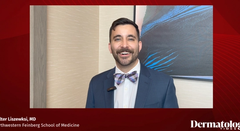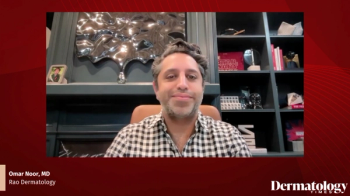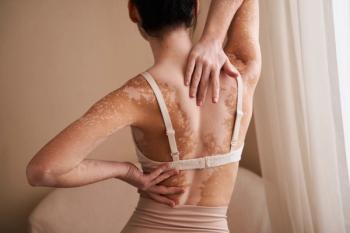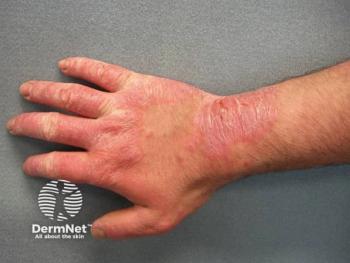
Exploring Treatment Options Among Parents and Patients with Pediatric AD
Tina Bhutani, MD, MAS, discusses innovative pediatric atopic dermatitis treatments, including ruxolitinib cream, emphasizing collaborative decision-making for effective management.
Episodes in this series

Tina Bhutani, MD, MAS, CEO of Synergy Dermatology and associate clinical professor at the University of California, San Francisco, shared her clinical insights on managing moderate to severe pediatric atopic dermatitis (AD). She emphasized the complexity of treating this population, noting that both patient symptoms and parental concerns must be addressed when formulating a treatment plan.
Bhutani highlighted the current abundance of topical treatment options, including newer agents such as ruxolitinib (Opzelura; Incyte), tapinarof (Vtama; Organon), and roflumilast (Zoryve; Arcutis Biotherapeutics), which offer clinicians more flexibility but also present a challenge in selecting the most appropriate therapy. Her approach involves narrowing the choices to 2 or 3 viable options based on clinical judgment and patient characteristics, then engaging families in the decision-making process. This collaborative model empowers caregivers and enhances adherence, especially when parents feel informed and involved. When she has a clear preference for a particular agent, Bhutani may gently guide families by sharing her professional opinion, often framing it as, “If this were my child, this is the one I would choose.”
When discussing efficacy, particularly in reducing pruritus, Bhutani noted that rapid itch relief is a critical endpoint in pediatric AD. She frequently uses both steroidal and non-steroidal topicals, appreciating the expanded arsenal of non-steroidal options now available. However, for truly moderate to severe cases, especially when the condition disrupts sleep, growth, or overall family functioning, she does not hesitate to escalate to systemic therapies.
Newsletter
Like what you’re reading? Subscribe to Dermatology Times for weekly updates on therapies, innovations, and real-world practice tips.






















